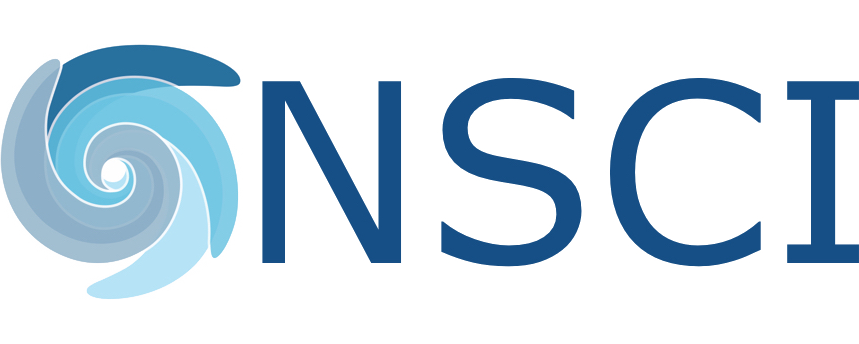Here at the Neural Stem Cell institute (NSCI), we’ve made it our mission to help create therapies that will help in repairing damage to the central nervous system. So why is the nervous system so important? Why study it?
The central nervous system (CNS) includes the brain, spinal cord, and retina as well as a complex system of nerves. Not only is the CNS the first system in the body to develop, it also reigns supreme and controls almost every action within the body. Whether it is moving your fingers to press keys on a keyboard (like I am currently demonstrating), having a conversation with a friend, or commanding the cells required for growth, maintenance and healing of an injury, the CNS is the command center.
We have chosen to devote our time to studying the CNS because it is incapable of healing itself in the way other tissues do, such as the skin. Because of this, damage or disease in the CNS is often permanant. We believe that neural stem cells (NSCs) hold great promise for regenerative therapy for damaged CNS. The ability to regenerate neurons and the supporting glial cells, such as oligodendrocytes, has applications in helping many diseases and injuries of the CNS. Ever since our scientists at NSCI discovered CNS stem cells in 1989, we have aimed to harness the regenerative power of neural stem cells to ease suffering caused by injury and disease. The implications of this research are far-reaching.
Much of our research focuses on the NSCs that lie dormant in our nervous systems. These are stem cells that were active long ago when you were still a twinkle in your mother’s eye. These dormant cells can be activated to mediate repair and regeneration in lower animals that do have the capability to regenerate brain tissue or even re-grow an eye. Equivalent cells are present in humans, but they just need a swift kick to get them going again. The NSCs that accomplish such remarkable repair are inhibited in higher animals like humans or mice but can be activated by injecting stem cell growth factors. We have found that implanting growth factor releasing microbeads (adding a few extra ingredients to the pot so to speak) helps improve the ability of spinal cord injured mice to walk. The microbeads help to activate the resident dormant stem cells and aid repair of the injury. How cool is that! We are working to apply such skills to a variety of injuries and diseases that damage our CNS.
NSCI scientists have also discovered a new kind of NSCs in the adult retinal pigment epithelium (RPESC), which can be used for autologous transplantation (cells are removed and then placed back into the same individual after some tweaking). These cells are likely to be beneficial for Macular Degeneration, Retinitis Pigmentosa, and even for nervous system disorders outside the retina. These RPESC are also used to develop disease models for drug discovery.
Just look at all the interesting things the CNS can do. We only need to learn how to harness its power more fully. With continued hard work and creativity we believe we can help the human CNS repair itself!
This post comes to you from Rachel Wurster. Research technician by day, blogger and tweeter extraordinaire by midday.
Comment Corner
Are you or anyone you know affected by disease or damage of the CNS? Tell us your story.
What’s your favorite thing about the CNS?

Leave a Reply